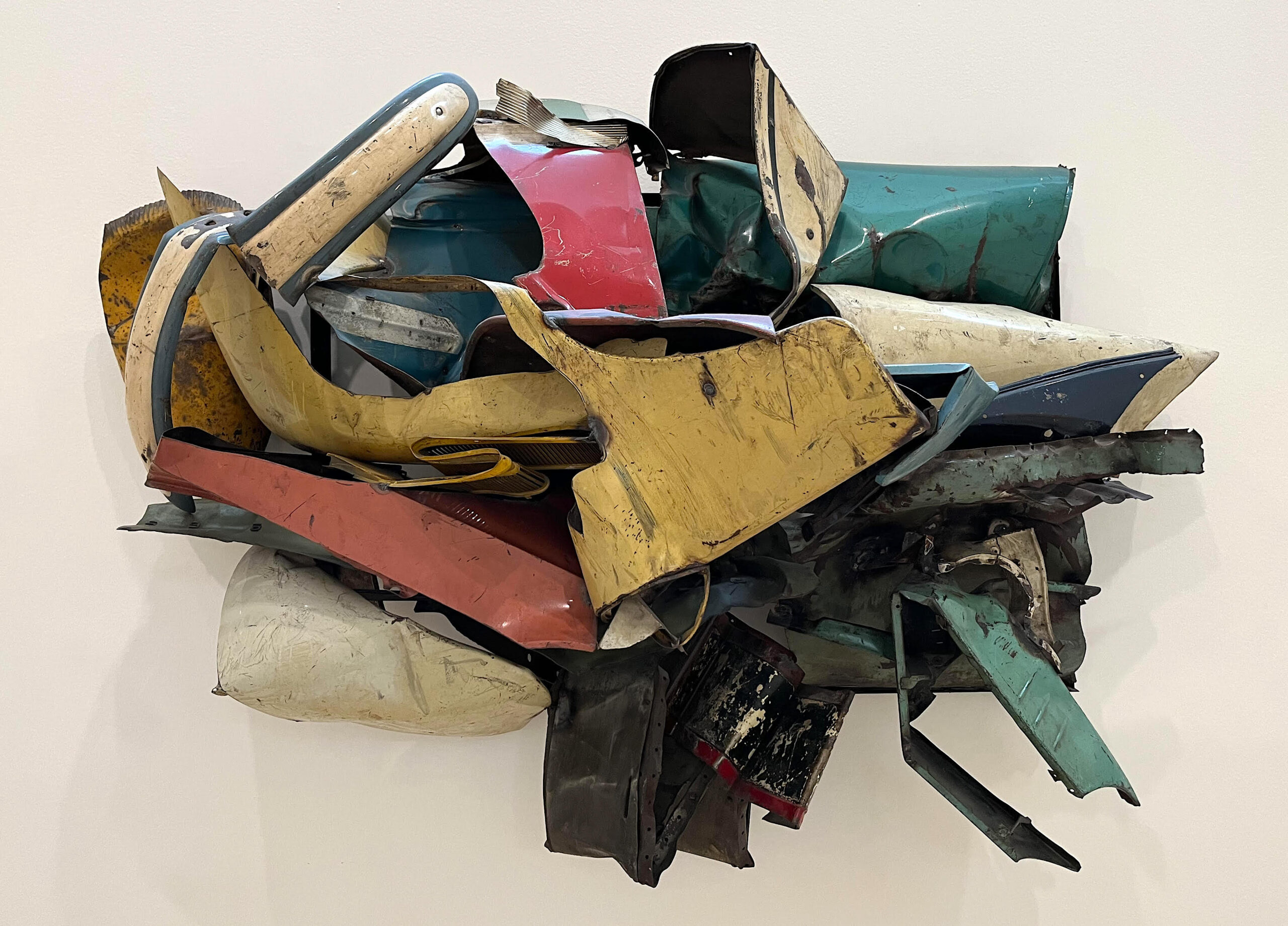
I recently had a conversation with some architecture students struggling with a complex program concerning organizational principles and strategies. I introduced them to the seminal book by Frank Ching entitled, Architecture: Form, Space, Order. In this book Ching masterfully describes formal design principles and demonstrates how these principles have been utilized in various projects throughout history. When I was going through school this was a required text and held great sway.
Interestingly, around the same time this text was having its greatest impact within the academy, the architectural avant-garde was probing “deconstruction” — a literary movement that suggested that a text and its true meaning was not what it appeared to be on the surface but rather embedded in the deep structure of the text. Therefore, to understand a text and its true meaning, it needed to be dismantled or deconstructed. Only then would its true nature and purpose be revealed.
In architecture, deconstruction manifested through visual or compositional symbolism rather than translating into a tangible, lived experience within the built environment. Unfortunately, these projects never exposed deeper truths but rather celebrated visual complexity, our inherent confusion and lack of clarity.
Never delivering on the promise, deconstruction in architecture was relatively short lived. Regardless, contemporary art and design movements still struggle with this unresolved issue of order, its visual expression and underlying meaning. Not surprisingly, celebrated contemporary works have difficulty situating themselves into Ching’s formal framework. The work shown here by artist John Chamberlain entitled Dolores James was fashioned in 1962. The work is a poignant expression and urge to abandon formal ordering systems. The work is a sculptural relief fashioned with twisted automobile parts and evokes images of a well-curated car wreck. Rather than imposing his will on the various pieces and parts he concerns himself with “fit” — how these desperate, found objects relate and balance one another.
